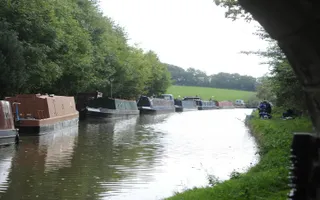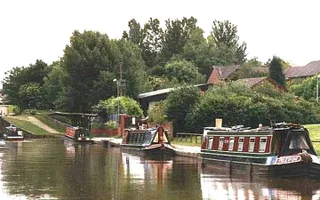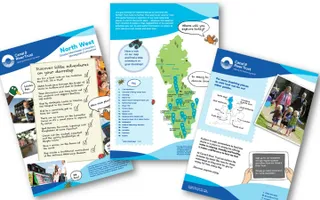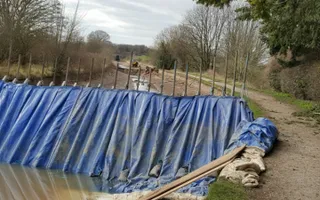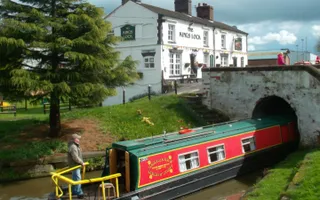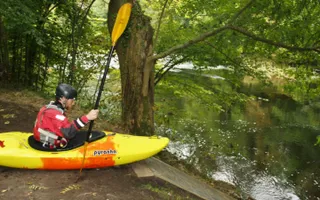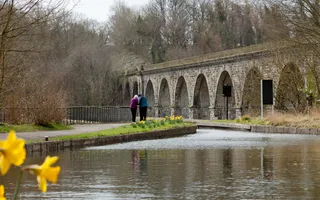It is 10 miles (16 km) long, and was planned as part of the Chester Canal, which was authorised in 1772, but the company ran out of money, and construction did not begin until 1827. The Trent and Mersey insisted that there should be no direct connection at Middlewich, and instead built the short Wardle Canal to join the two, charging large compensation tolls for traffic passing along it.
The canal became part of the Shropshire Union system in 1846, which was taken over by the London and North Western Railway within a year. Traffic on the branch was always limited by the compensation tolls, and it was not until 1888 that they were abolished. The canal was the location for trials with locomotive haulage of boats in 1888, using a narrow-gauge engine from Crewe railway works, but no further action was taken. The canal became part of the London Midland and Scottish Railway in 1923. The railway company closed 175 miles (282 km) of canals in 1944, but the Shropshire Union main line and the Middlewich Branch were spared, and passed into the jurisdiction of the British Waterways Board following nationalisation in 1948.
The canal follows a delightful rural route through farmland across Cheshire, with a short urban section near the junction at Middlewich. Many of the structures are original, and consequently, most of them are grade II listed. There is no commercial traffic on the waterway, but transition to the leisure age has resulted in two marinas being constructed to provide moorings for pleasure craft.
Days out along this canal
We've put together some free family guides to the best days out on your doorstep. Find out which of our hidden gems are waiting to be discovered near you.


